The Giuseppe Fiocco Collection
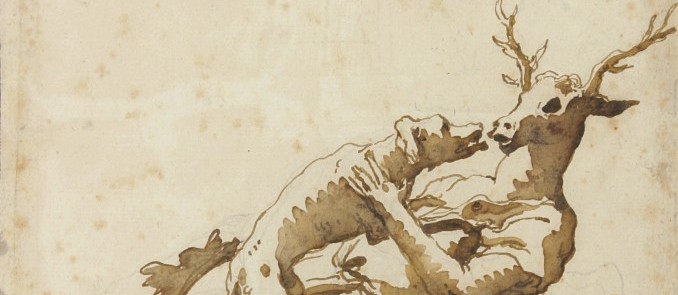
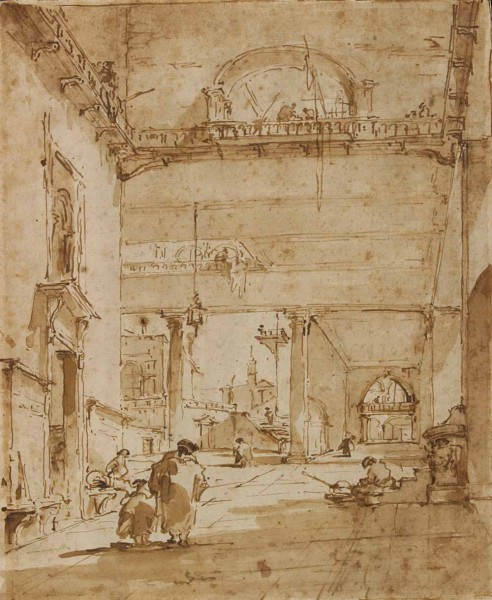
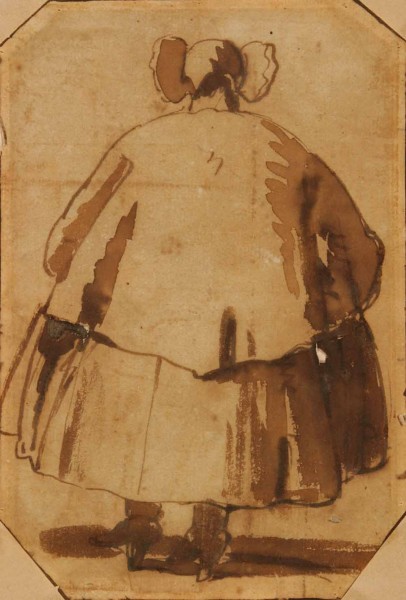
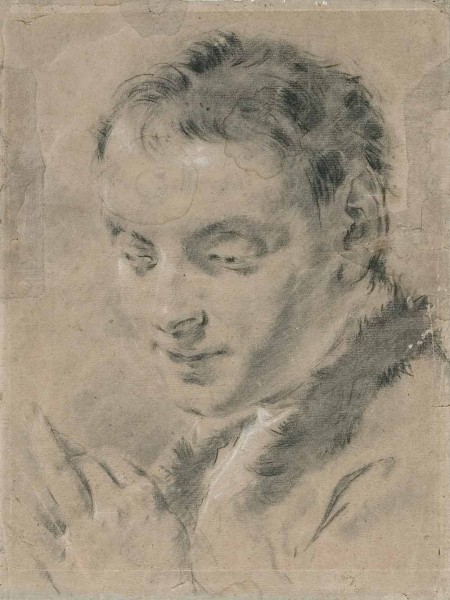
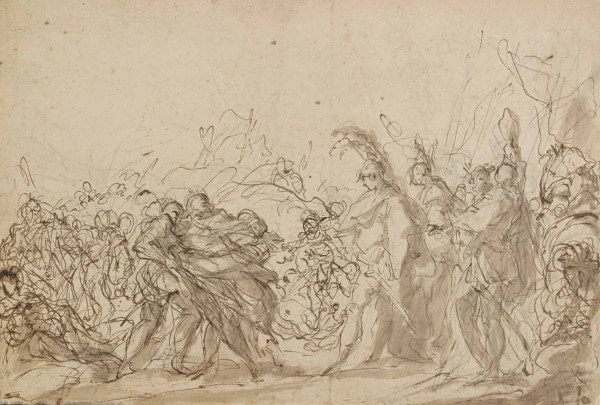
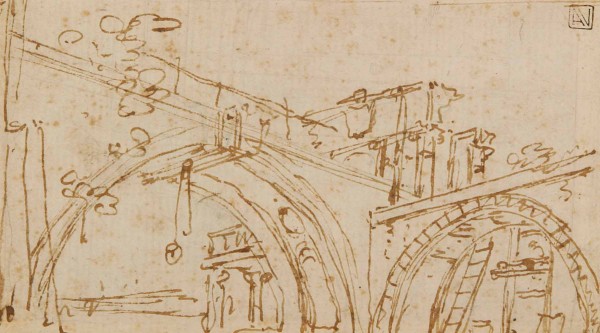
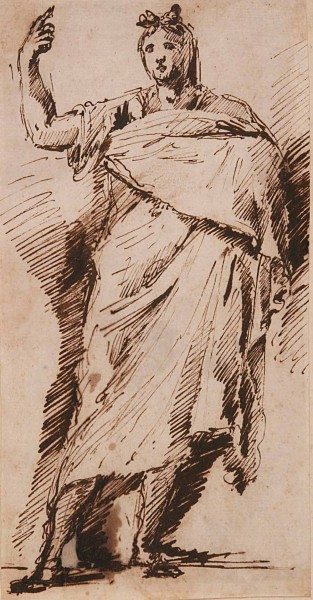
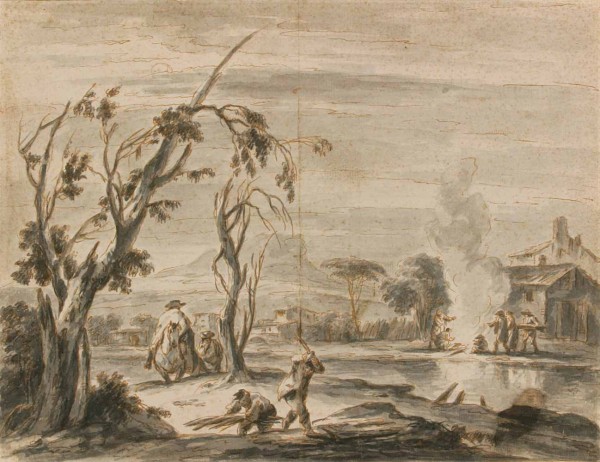
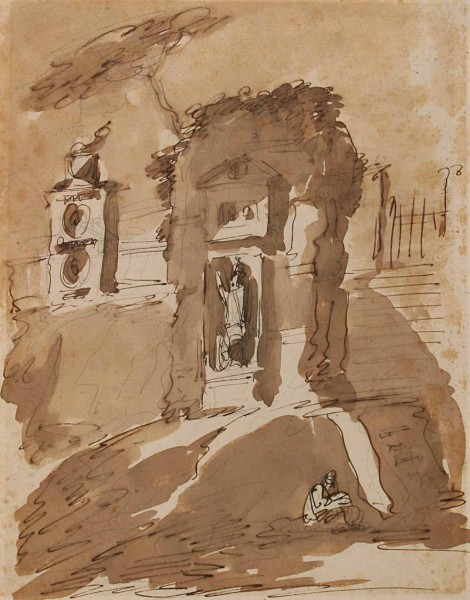
The collection of graphic art once belonging to Giuseppe Fiocco, founder of the school of Veneto art history and first director of the Institute of Art History, was acquired by the Cini Foundation in 1962 from the Milanese bookseller Elfo Pozzi, thanks to the mediation of the bibliophile Tammaro De Marinis.
Of exceptionally high quality, the collection is almost entirely made up of works by Veneto artists and is evidence not only of Fiocco’s constant interest in antique and “primitive” drawings but also the Institute of Art History’s uninterrupted tradition for studies in the field of graphic art. Put together in the period between the two wars, the collection consists of around 500 items, including a number of etchings. Some works are of outstanding craftsmanship: Antonio Pellegrini’s Alexander and Puru, a wash drawing, characterised by vibrant spiralling pen work; Giambattista Piazzetta’s delicate chalk drawing of the head of a young man with a fur collar, recently restored; the rapid pen sketch of an Architectural Caprice, attributed to Canaletto; the sepia wash drawings by Giambattista and Giandomenico Tiepolo, of which mention must at least be made of Giambattista’s Two Punchinellos and the splendid caricatures. Another wash drawing with gentle, atmospheric transitions and almost pictorial effects is an Architectural Caprice by Francesco Guardi.
There is also a very interesting group of around 200 drawings by Giambattista Pittoni and his workshop, once in the collection of Baron Ugo Salvotti, which, together with a complementary collection, also once in the Salvotti collection and now in the Gallerie dell’Accademia, form the largest part of the Venetian artist’s surviving graphic corpus.
In 1955, Fiocco himself organised an exhibition of a selection of around one hundred drawings from his collection at the Giorgio Cini Foundation. In 2005, the catalogue of the whole collection was published to mark the exhibition The Professor’s drawings. The Giuseppe Fiocco Collection of the Giorgio Cini Foundation, held in the Civic Museums in the church of the Eremitani, Padua.
